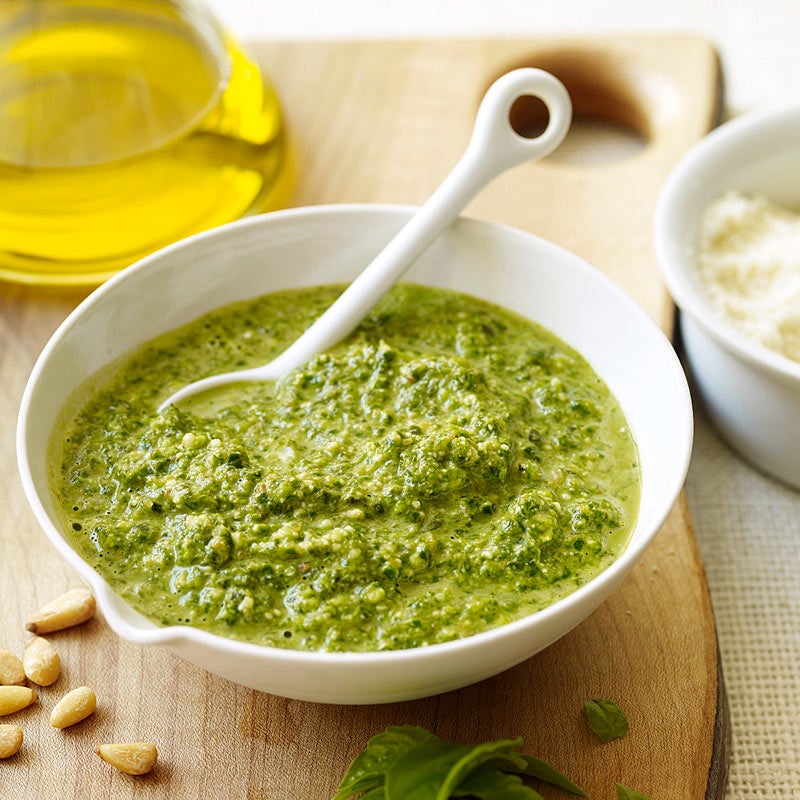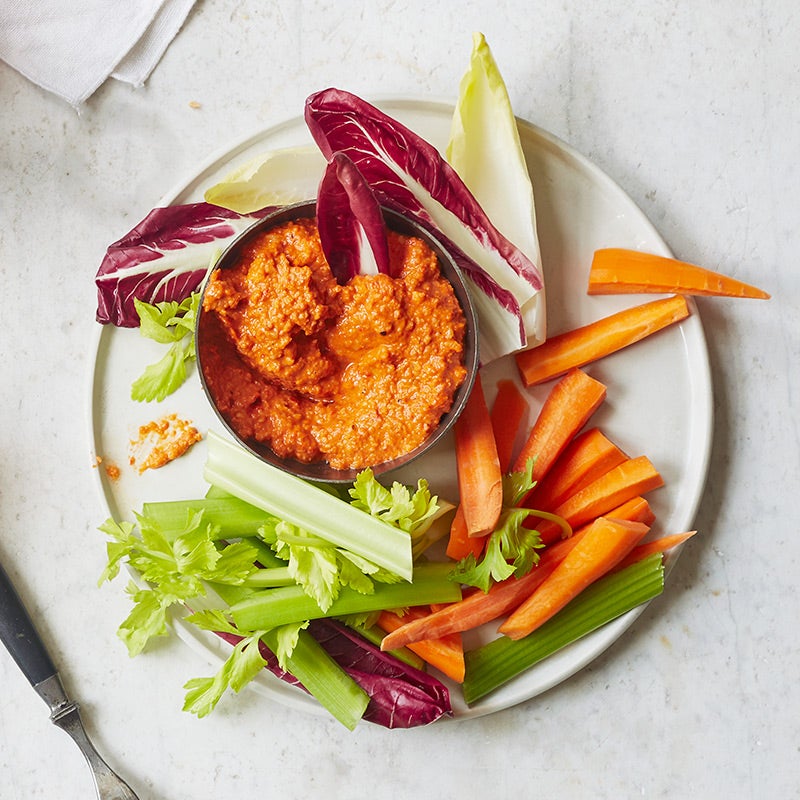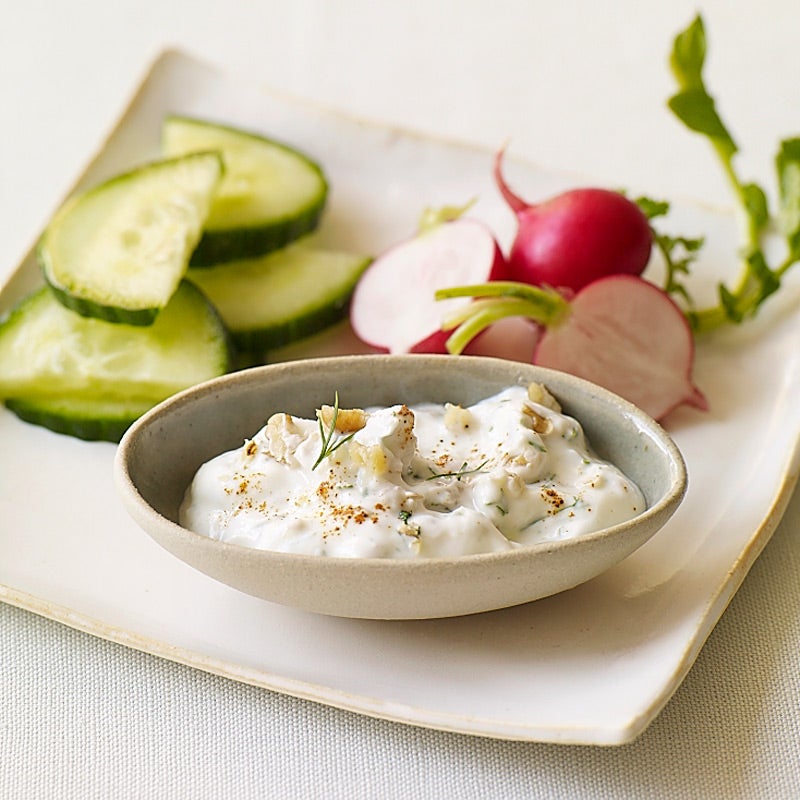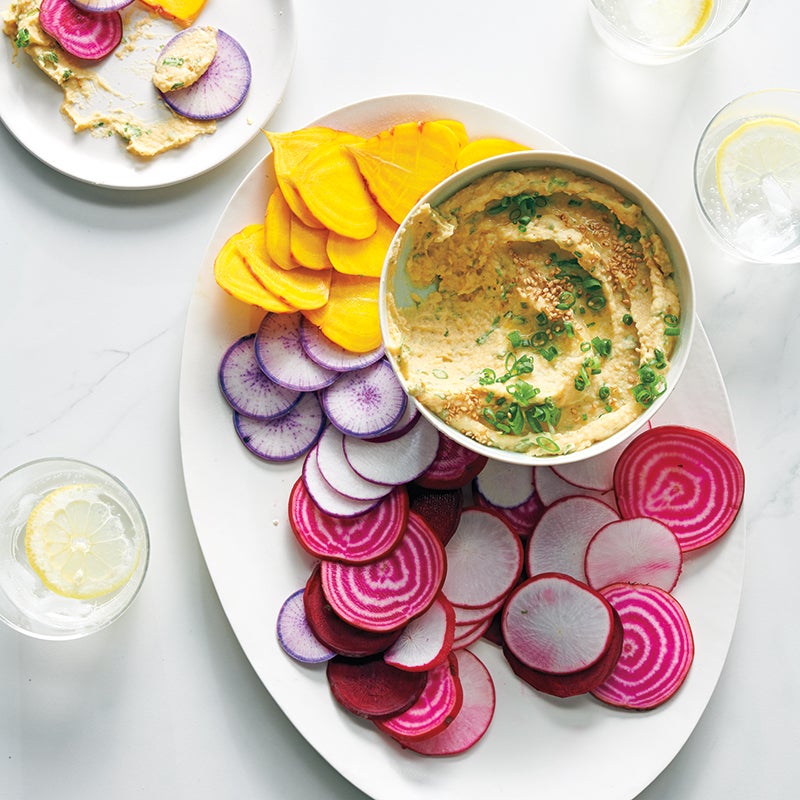Nuts and Seeds: Nutrition Guide and Recipe Collection
Discover the health benefits of nuts and seeds with our handy nutrition primer, expert prep tips, and 50+ recipes to add to your menu rotation.

Great news, PB&J lovers: Nuts, seeds, and the fabulous butters made from them are packed with nutritious goodness that can support your wellness journey, WeightWatchers® Science Team says. These foods not only provide heart-healthy fats; each little bite offers a pop of plant-based protein. Some—including almonds, pistachios, and sunflower seeds—even deliver a dose of fiber. To help you learn more about the health benefits of nuts and seeds, we offer the following non-exhaustive guide to some WW member faves, along with more than 50 (!) nut and seed recipes to add to your menu.
Tips for enjoying nuts and seeds
Shopping for nuts and seeds:When grocery shopping, look for nuts without blemishes or discoloration. If they're in shells, give ’em a shake and skip any that rattle, which could mean the nuts have dried out and lost their flavor. Many supermarkets stock a variety of nuts, seeds, and nut butters, and some products may contain added oils, salt, or sugar. Try using the barcode scanner in the WW app to compare choices and determine which make sense for your preferences and Budget.
Storing nuts and seeds:These foods tend to keep best in cool, dark, dry conditions—heat, sunlight, and moisture can turn their oils rancid more quickly. Try stashing nuts and seeds in an airtight container in your fridge or freezer, and they’ll likely keep for at least a few months.
Toasting nuts and seeds:Toasting nuts and seeds for 5–10 minutes deepens their flavor and creates a satisfying crunch. Two ways to do it: Spread nuts or seeds in a single layer on a sheet pan and roast in the center rack of an oven at 350°F. Or, heat a dry skillet over medium heat, add nuts or seeds in a single layer, and toast, tossing regularly, until fragrant and golden.
Snacking on nuts and seeds:Since many varieties are energy-dense in addition to being delicious, you may wish to pre-portion one serving at a time rather than munching absentmindedly. Trust us: A bowl of cashews can disappear quickly.
Using nut oils:Extracted from walnuts, almonds, and other nuts, nut oils are great for imparting complex flavor to recipes. Note that some, such as walnut oil, have a low smoke point and may not be ideal for stovetop cooking. Try incorporating nut oils in baked goods, whisking them into dressings, and buzzing them with fresh herbs in a homemade pesto. Or, just drizzle straight onto a finished dish like pizza. Mmm.
Nutrition guide to nuts and seeds
No nut or seed is inherently better than another—each has a unique nutrient profile that can support your wellbeing. Learn more about some WW member favorites below.
56 nut and seed recipes for every meal of the day
Breakfast
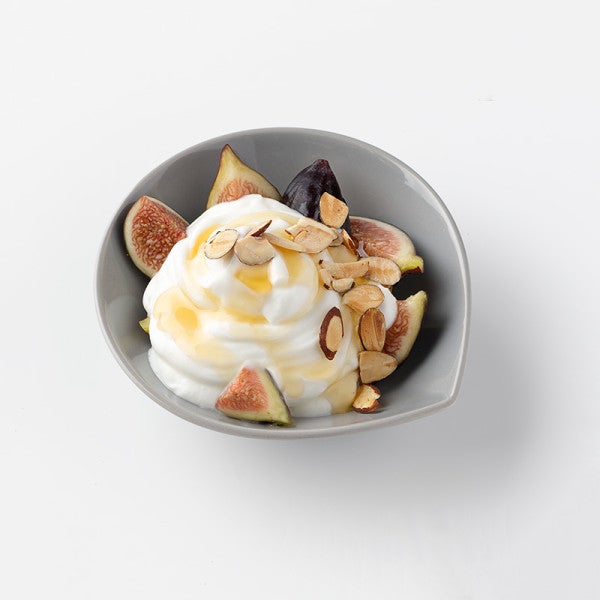

Fresh Figs with Yogurt, Honey & Nuts


Cranberry-almond morning barley


Irish Steel-Cut Oats with Pomegranate and Pistachios
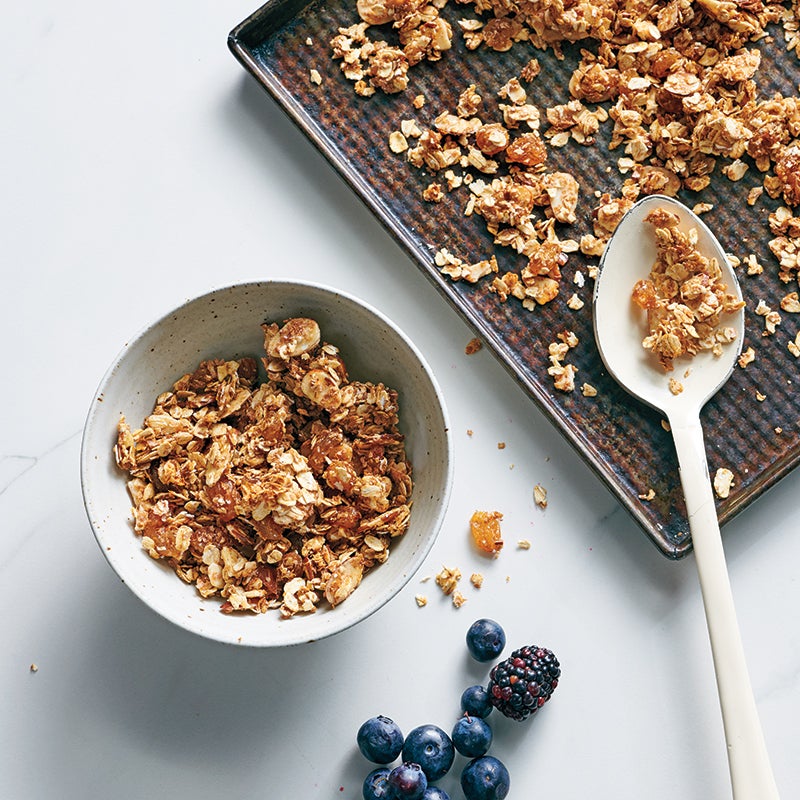

Fruit-and-nut-granola
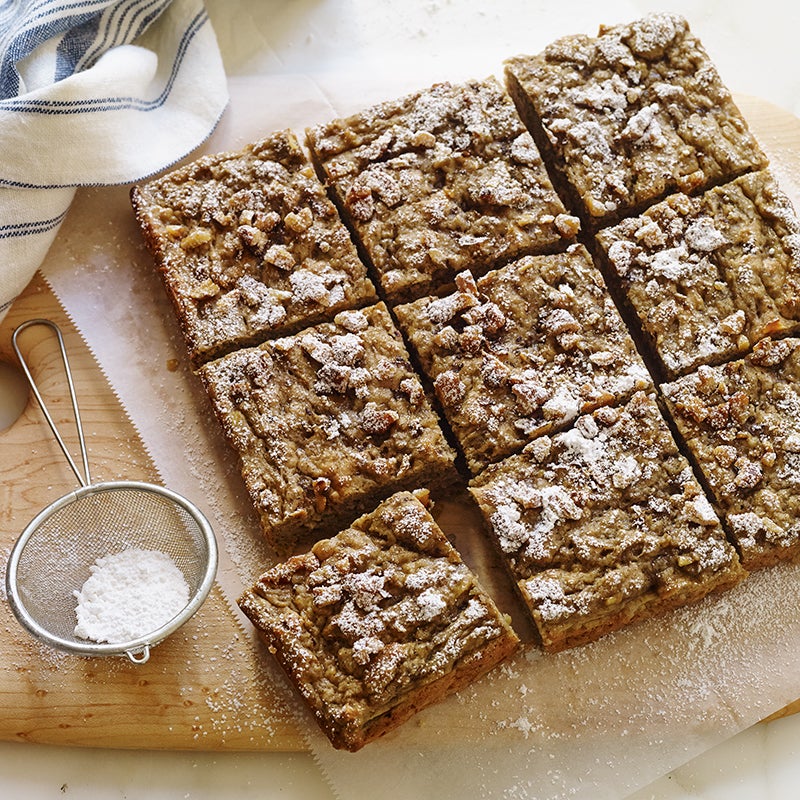

Banana snack bread
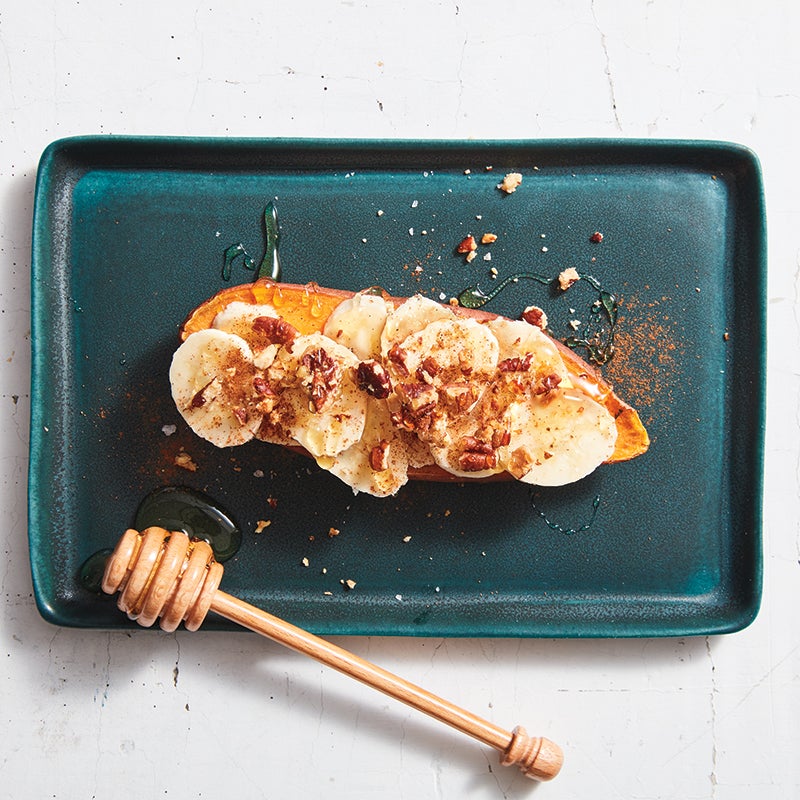

Sweet Potato Toast with Banana, Honey & Pecans


Cinnamon-Apple Baked Oatmeal
Meat, fish, and poultry mains
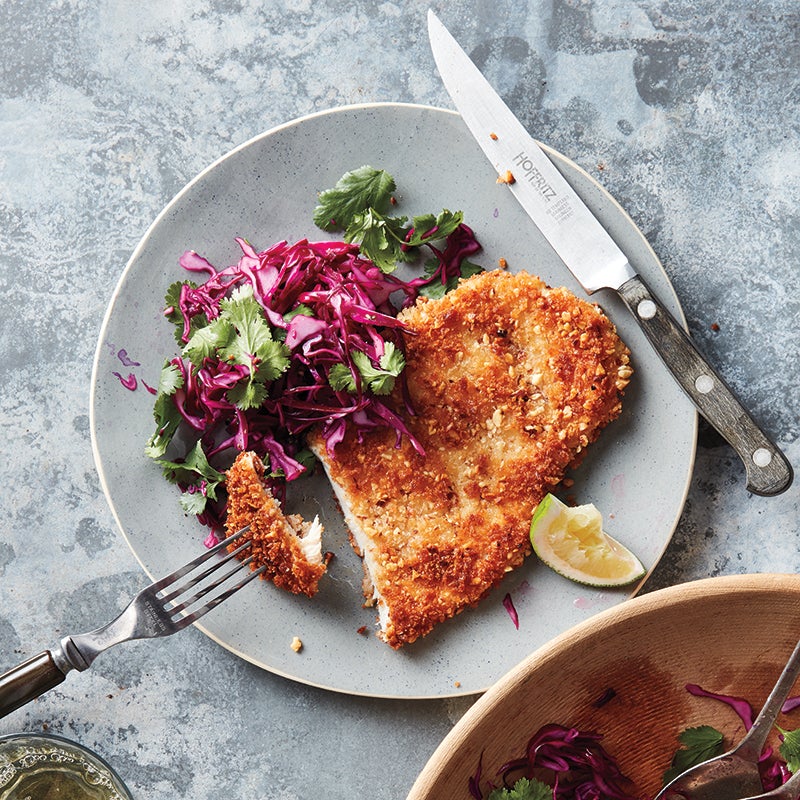

Almond chicken cutlets with tangy cilantro slaw
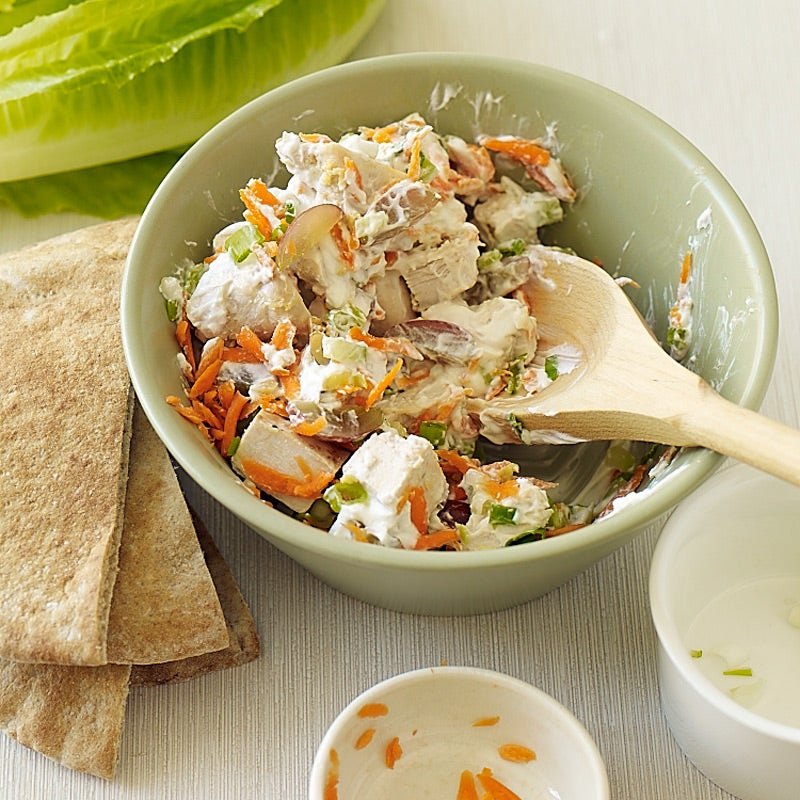

Chicken Salad With Walnuts & Grapes
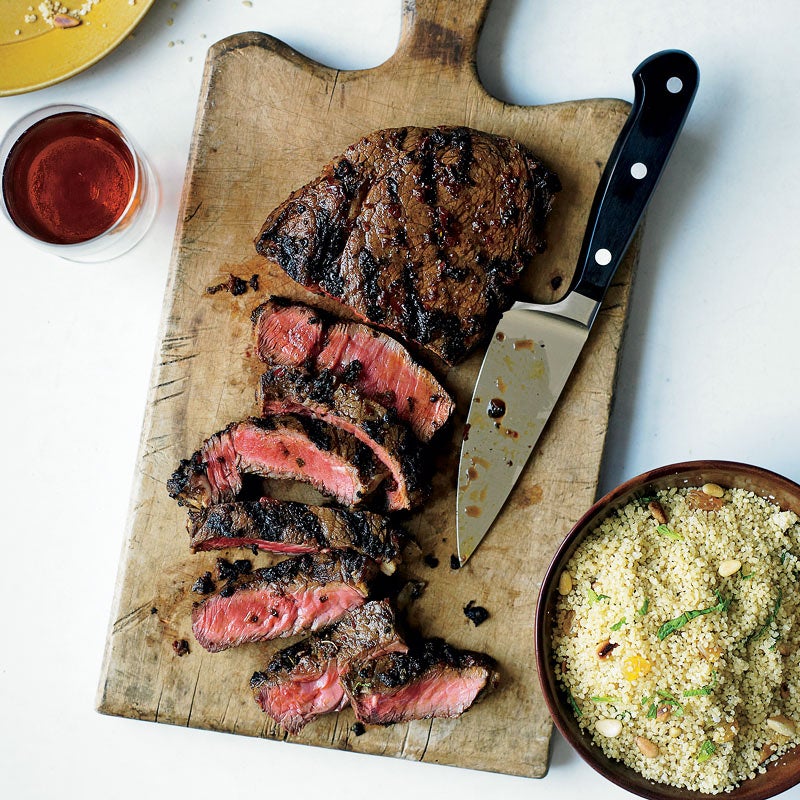

Harissa-spiced sirloin with mint couscous
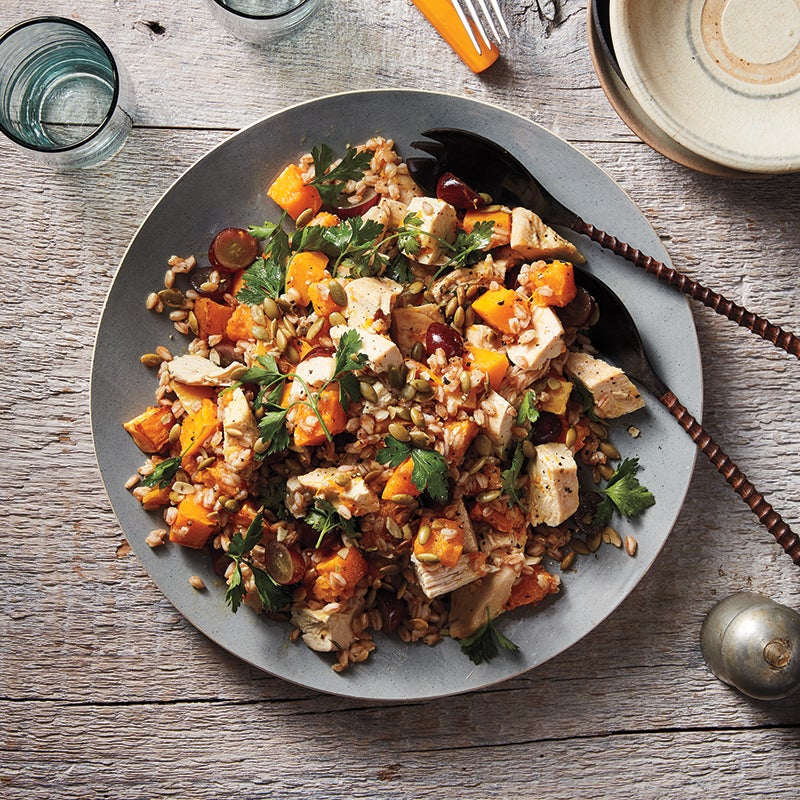

Chicken salad with farro and squash
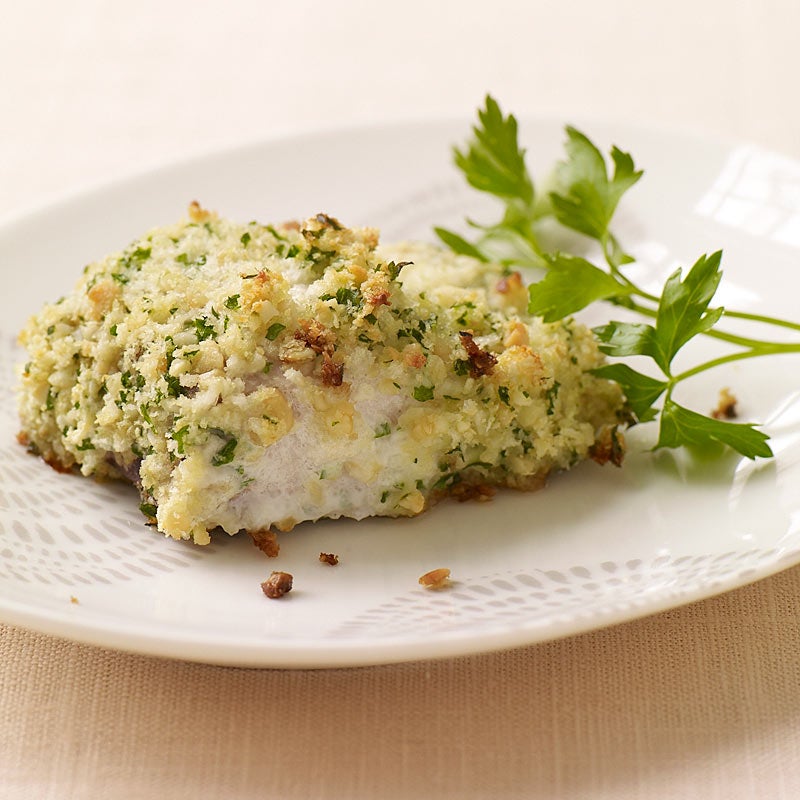

Nut-Crusted Mahi-Mahi
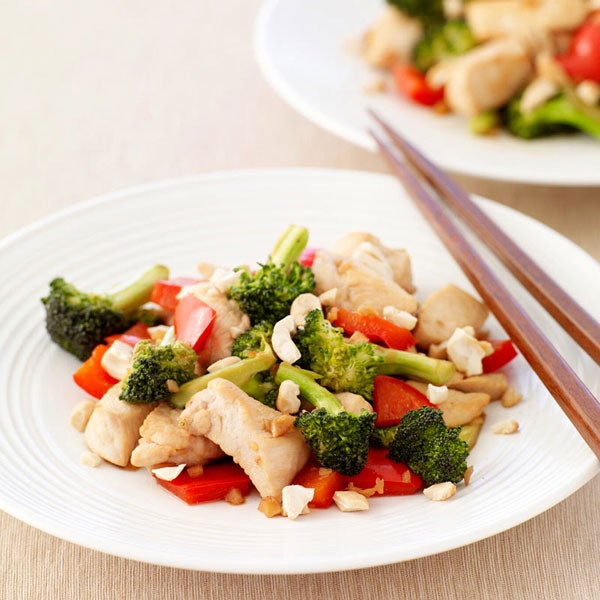

Stir-fried chicken with broccoli, red peppers and cashews
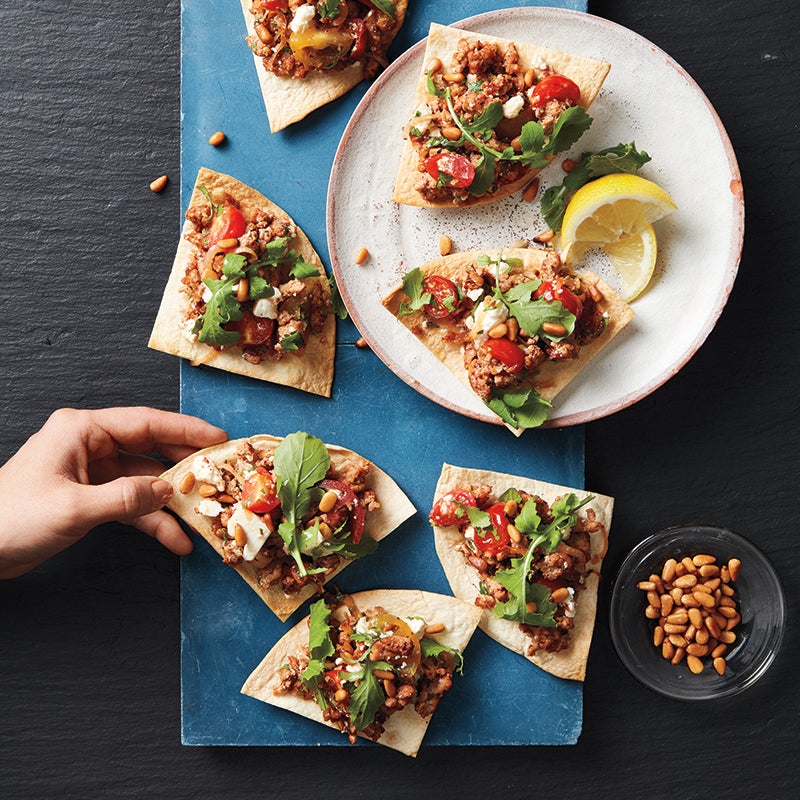

Turkey tortilla wedges with arugula and pine nuts


Cheeseburger bombs
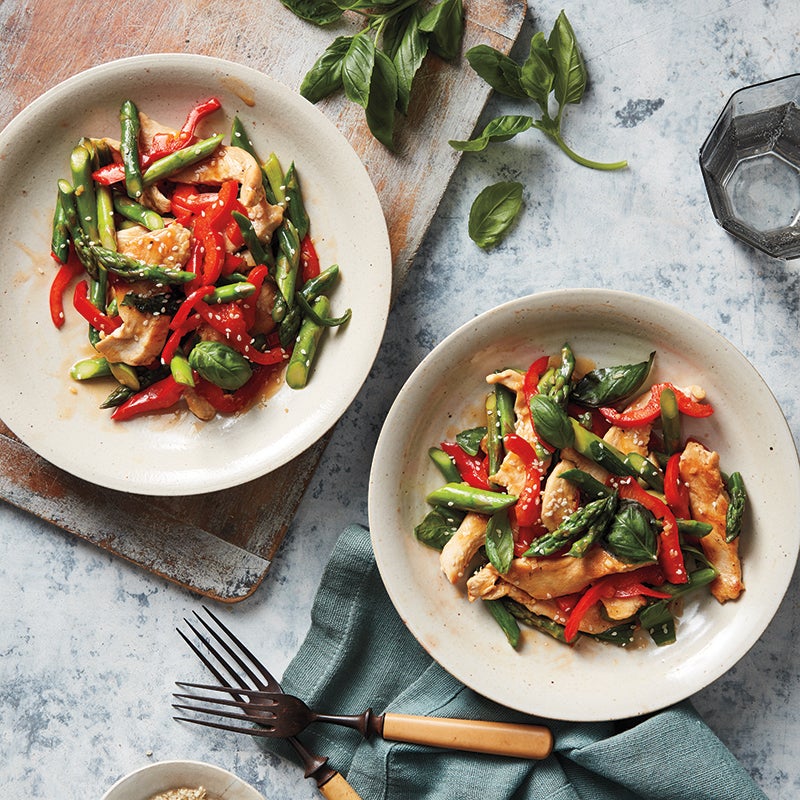

Chicken & Asparagus Stir-Fry with Basil
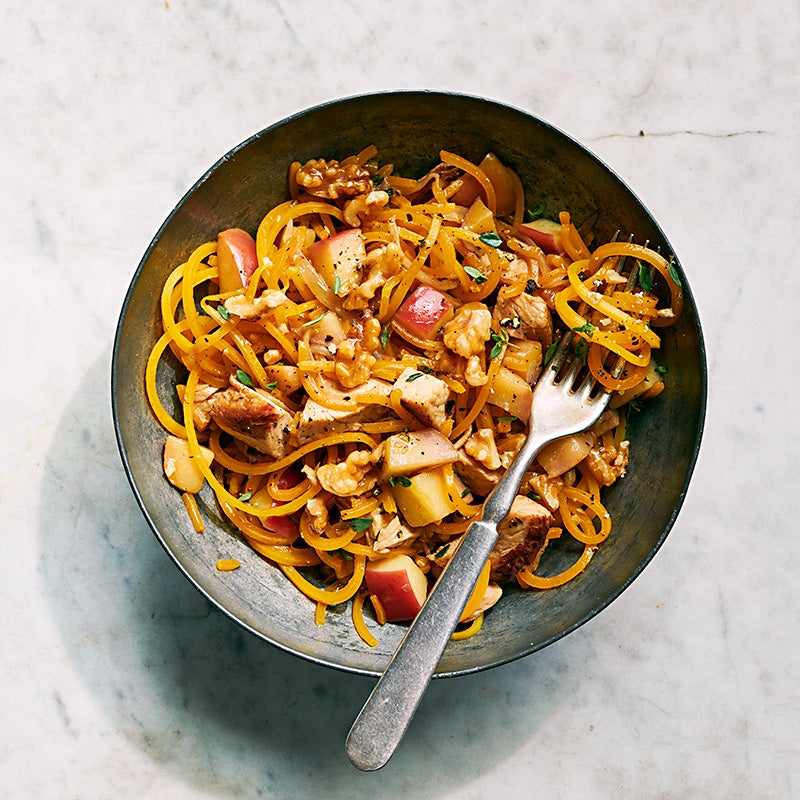

Butternut Squash Noodles with Turkey, Apples & Thyme
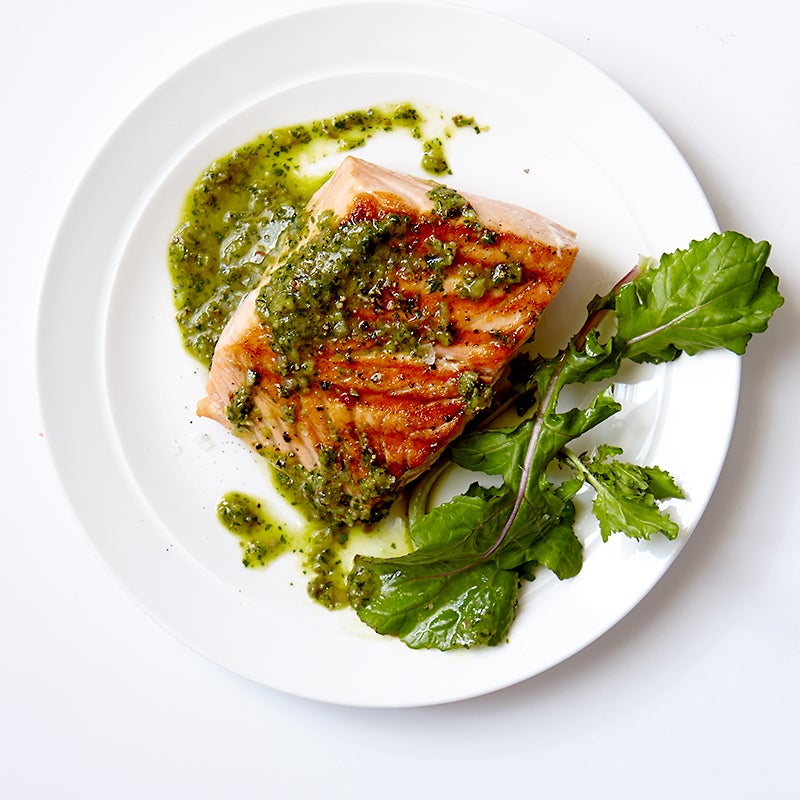

Salmon with homemade pesto sauce
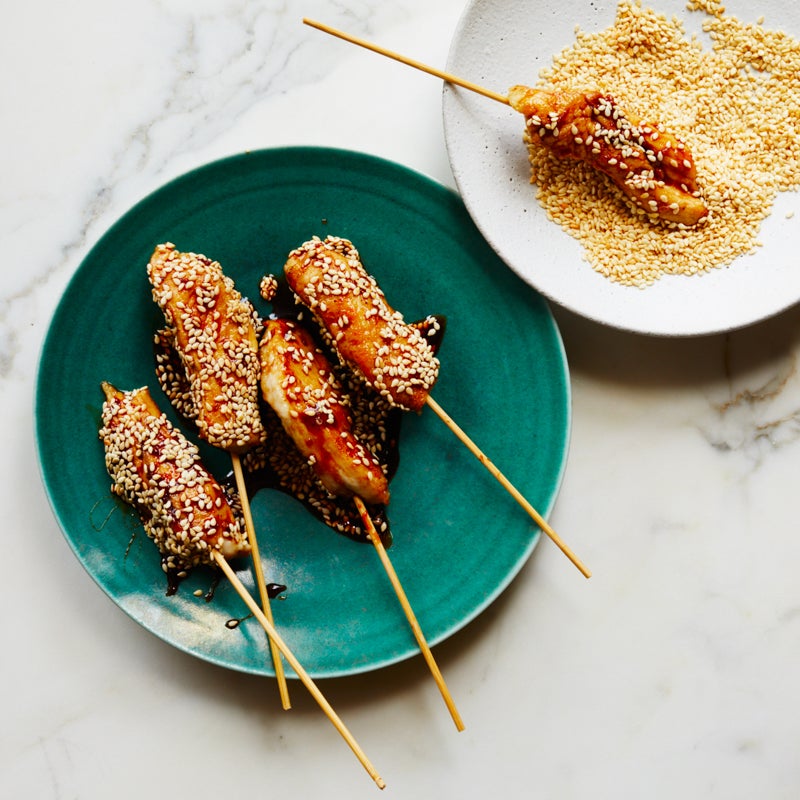

Sesame Chicken
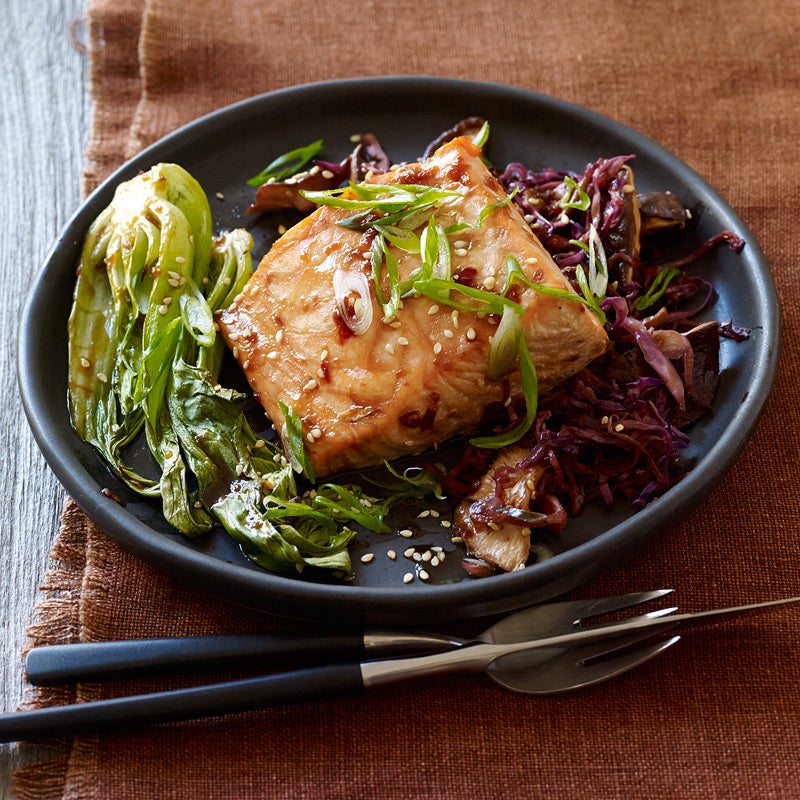

Asian-spiced salmon with baby bok choy and shiitakes
Meatless plant-based mains
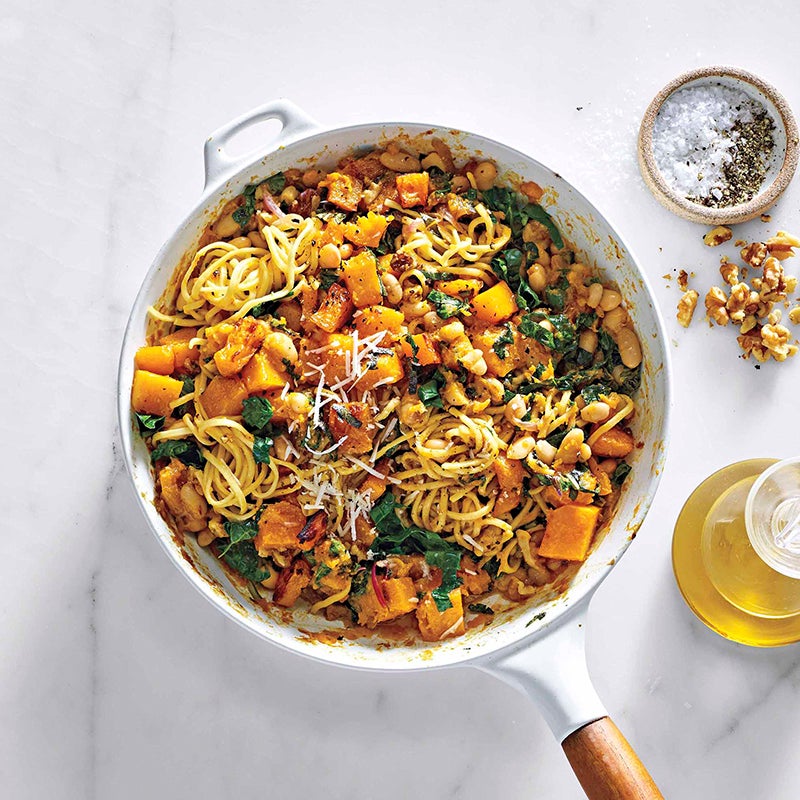

Spaghetti with Butternut Squash, White Beans & Kale
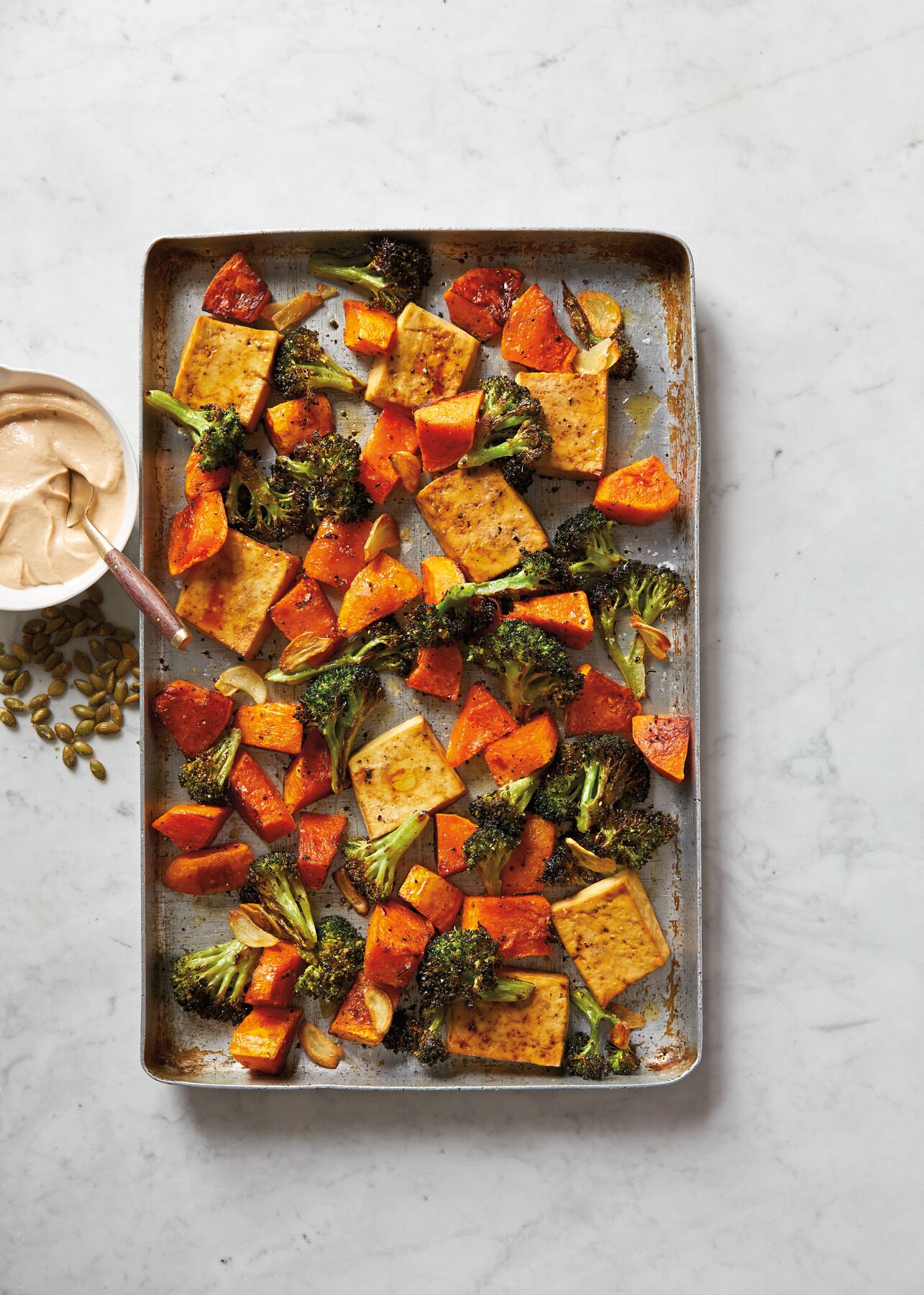

Tofu, Broccoli & Butternut Squash with Creamy Tahini Sauce
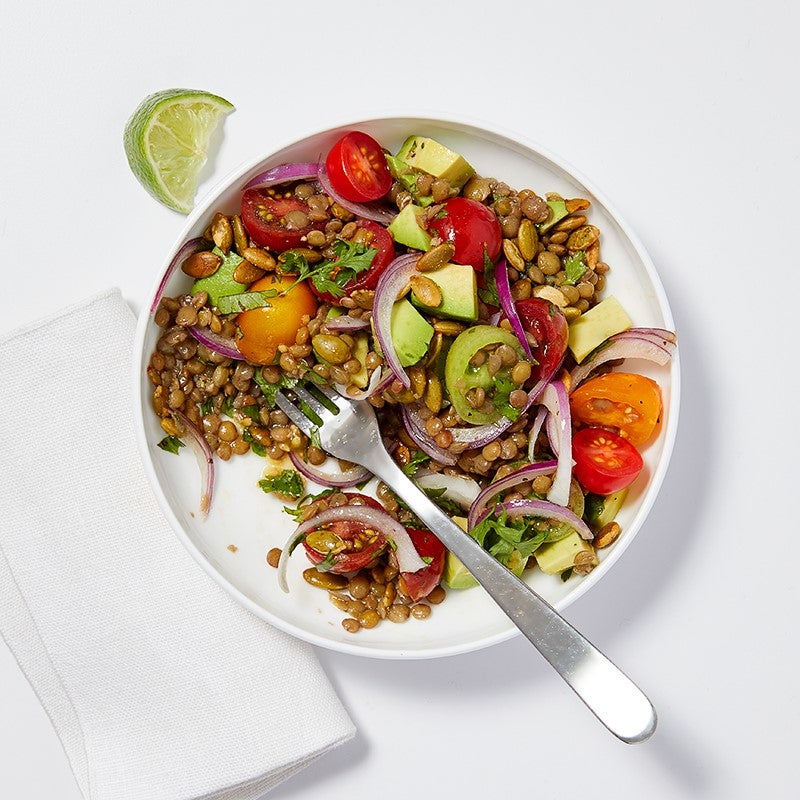

Lime-Cilantro Lentil & Avocado Salad
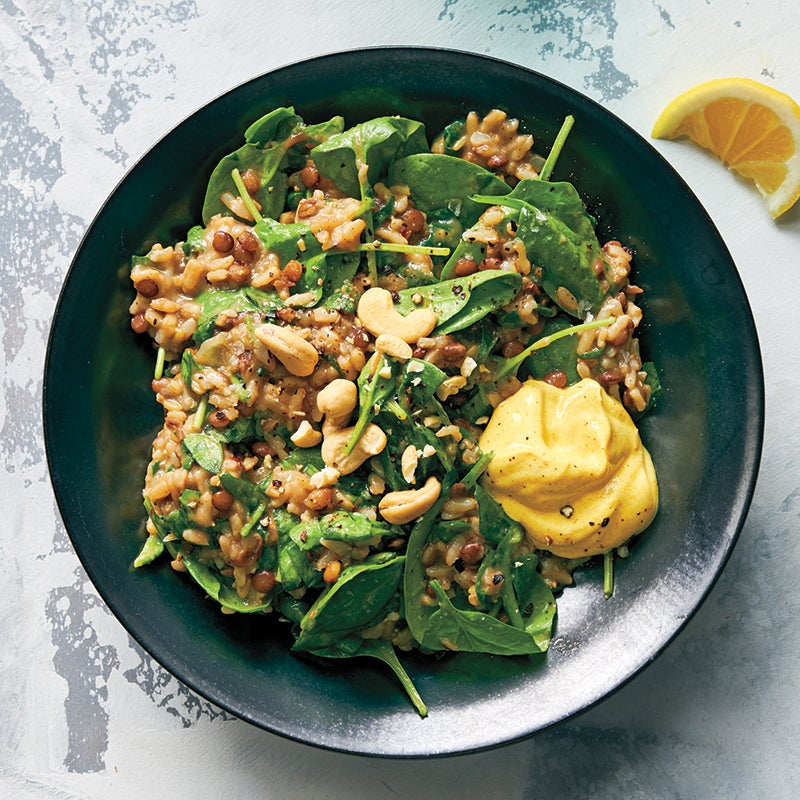

Lentils and brown rice with turmeric yogurt
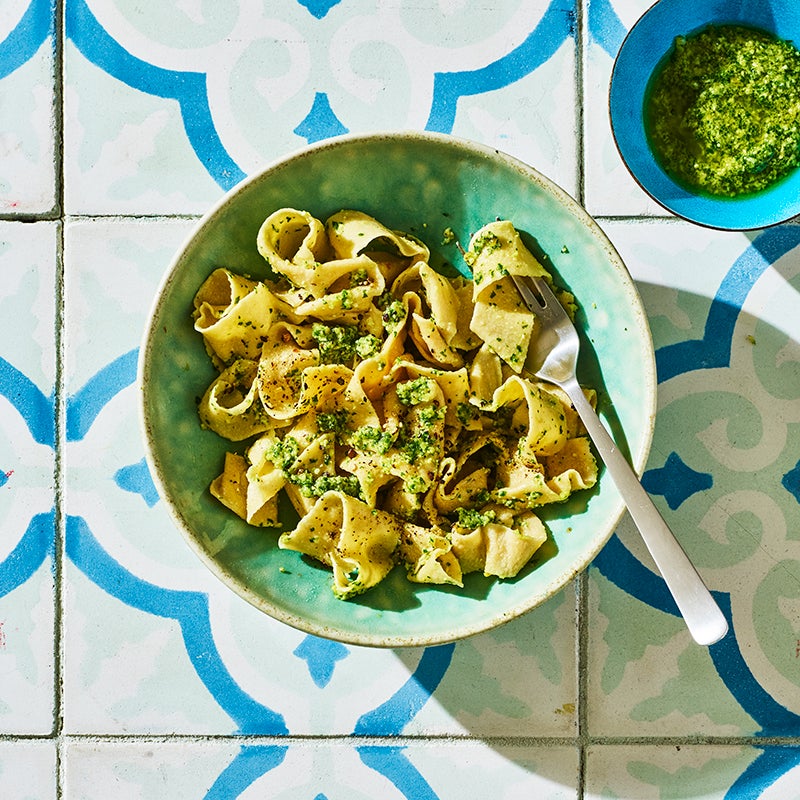

Homemade whole-wheat pasta with pesto
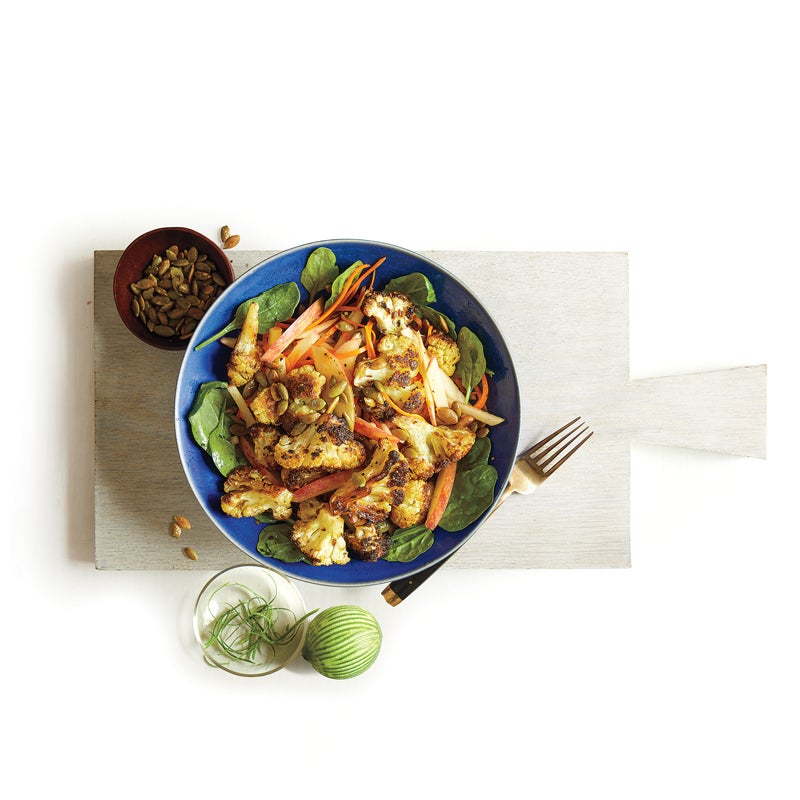

Roasted Cauliflower & Apple Salad with Pepitas & Curry-Lime Vinaigrette
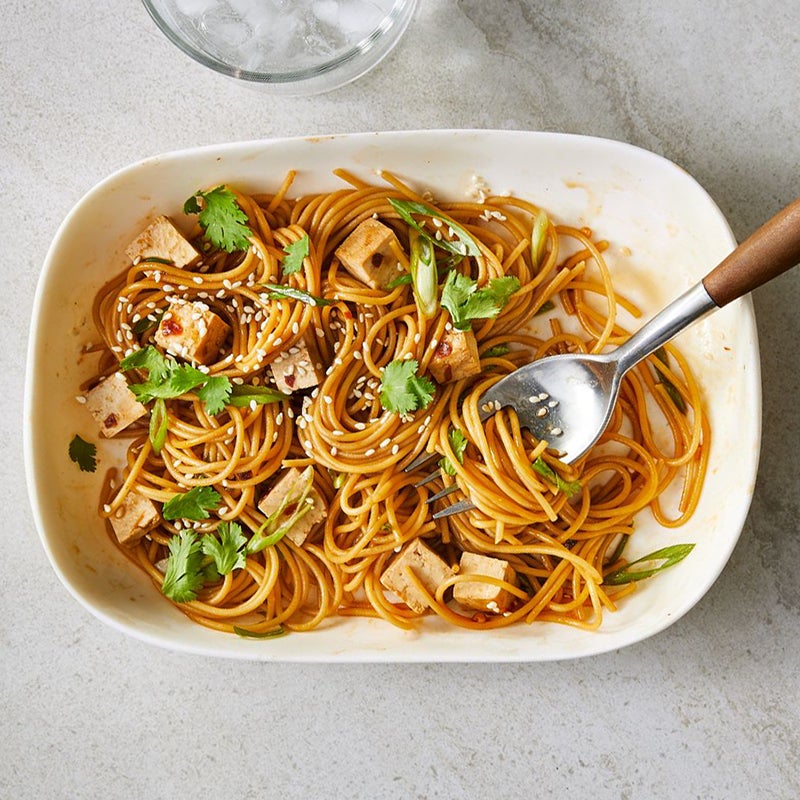

Cold sesame noodles with tofu
Salads and sides


Watermelon & Tomato Salad with Feta & Pumpkin Seeds
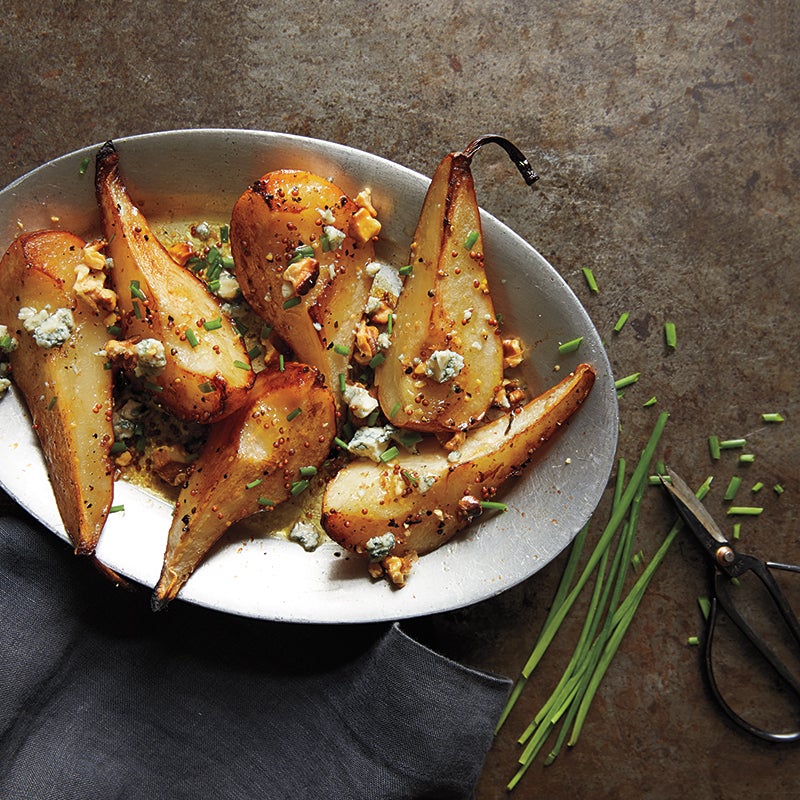

Roasted pears with walnuts and blue cheese

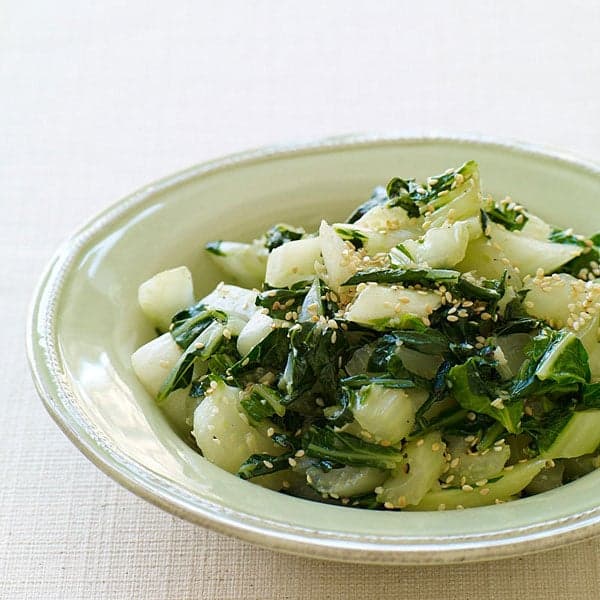
Stir-fried bok choy with sesame seeds
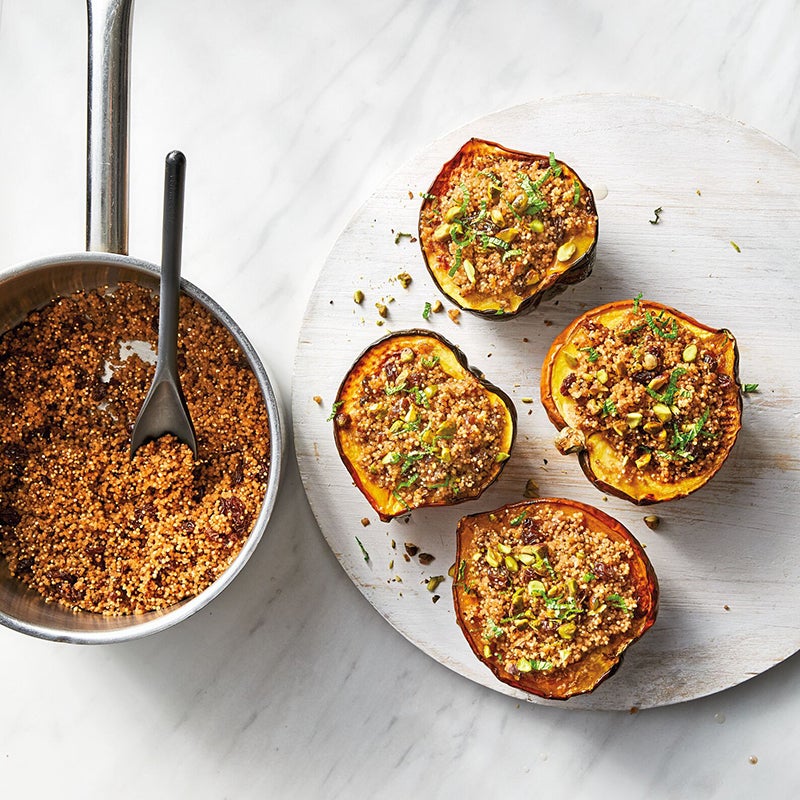

Quinoa pilaf


Roasted acorn squash with cumin and pumpkin seeds
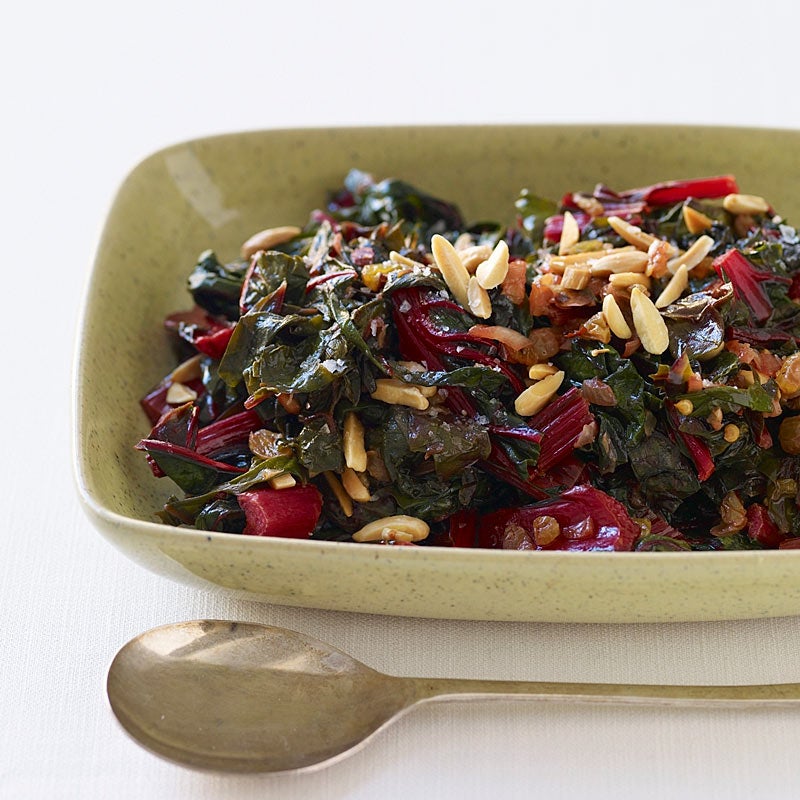

Swiss Chard with Raisins & Almonds
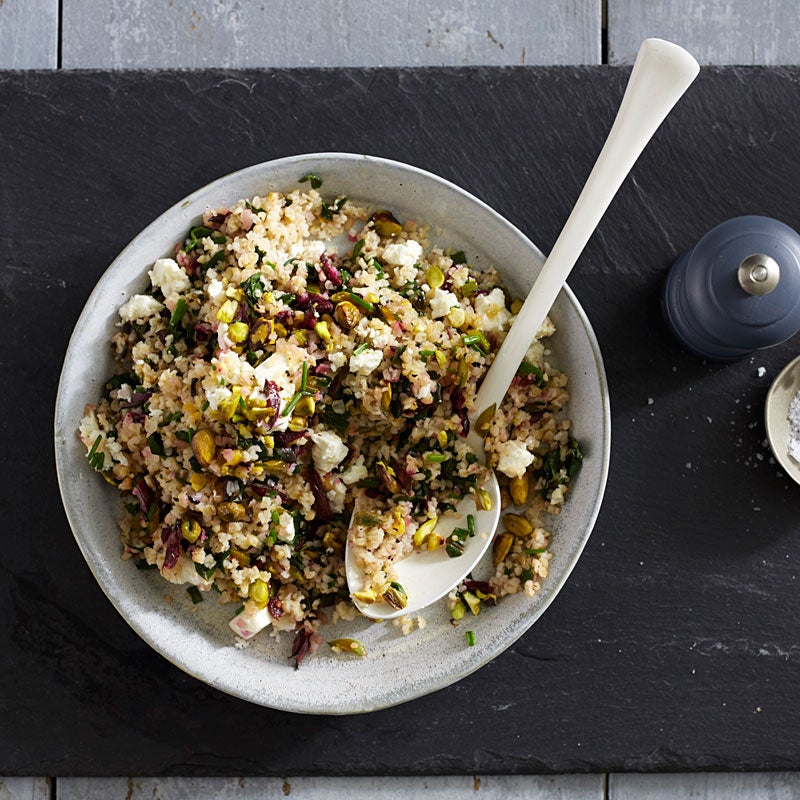

Beet Greens & Bulgur Salad with Feta & Pistachios
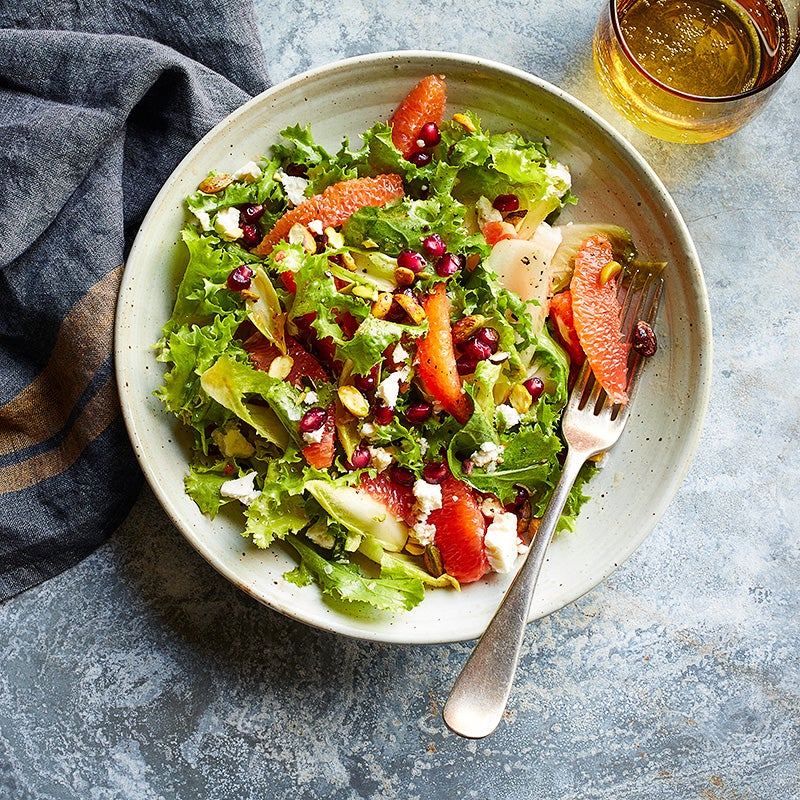

Orange, Pomegranate & Feta Salad
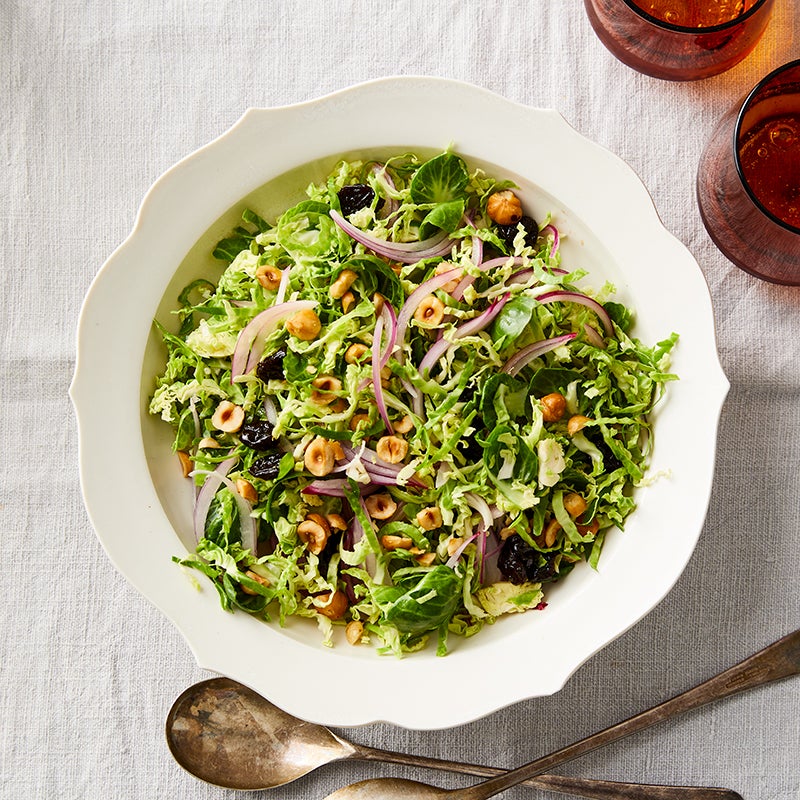

Brussels Sprouts Salad with Dried Cherries & Hazelnuts
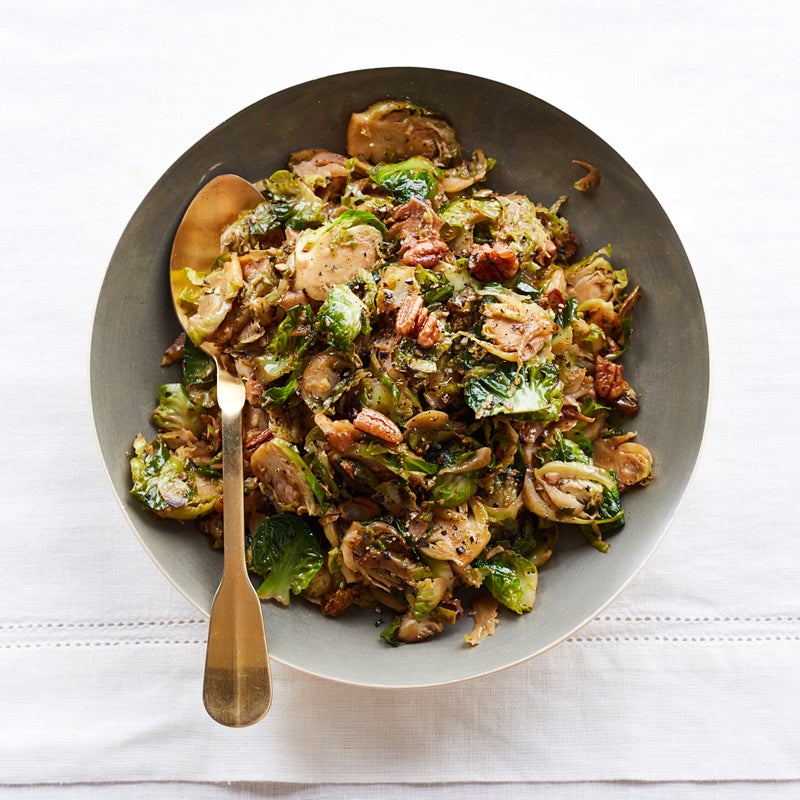

Brussels sprouts with raisins and pecans
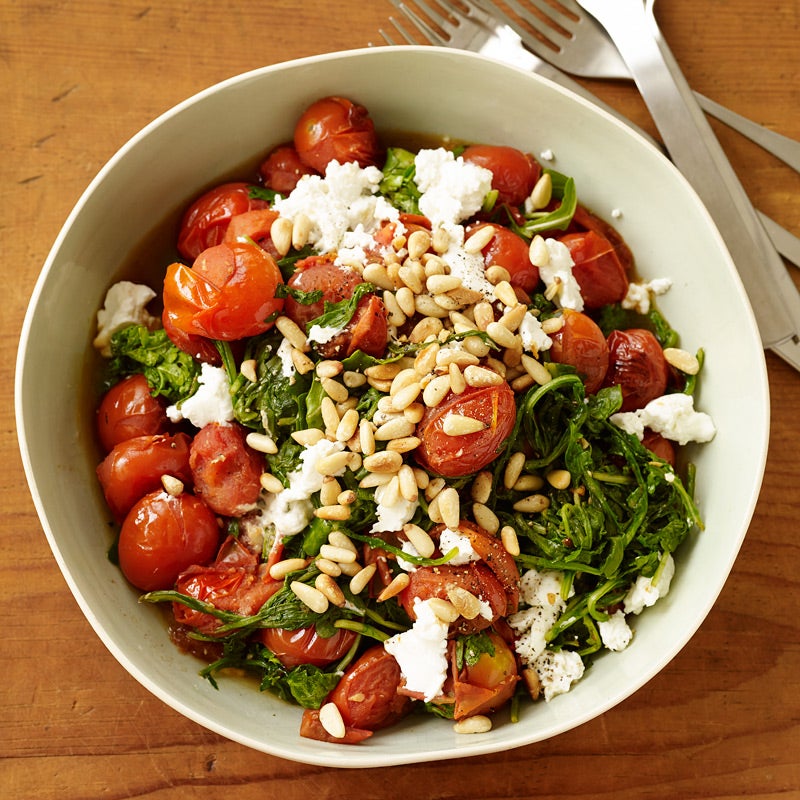

Sautéed arugula & tomatoes with cheese & pine nuts
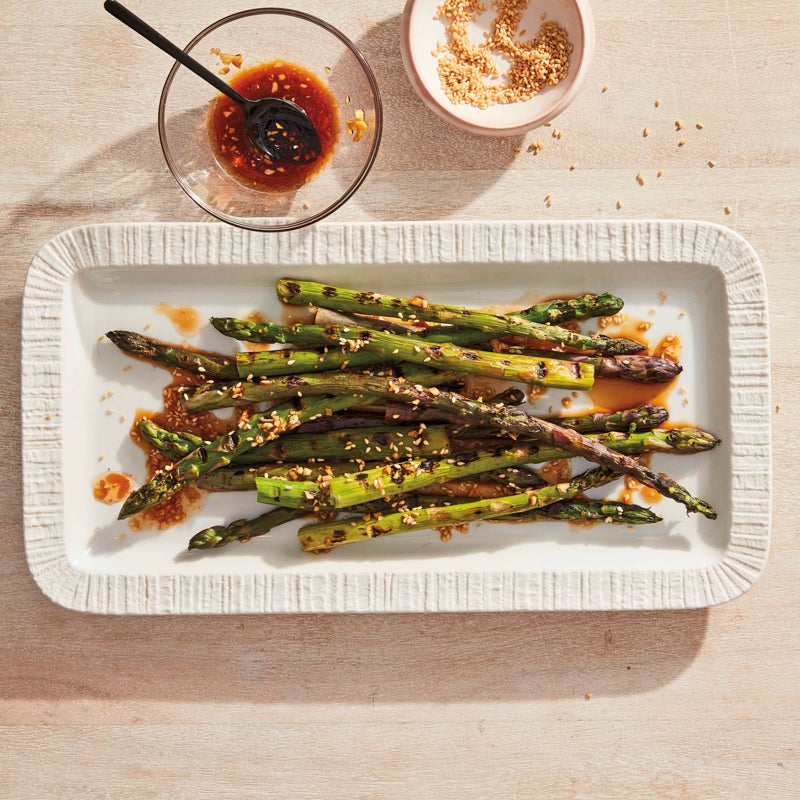

Grilled Sesame Asparagus
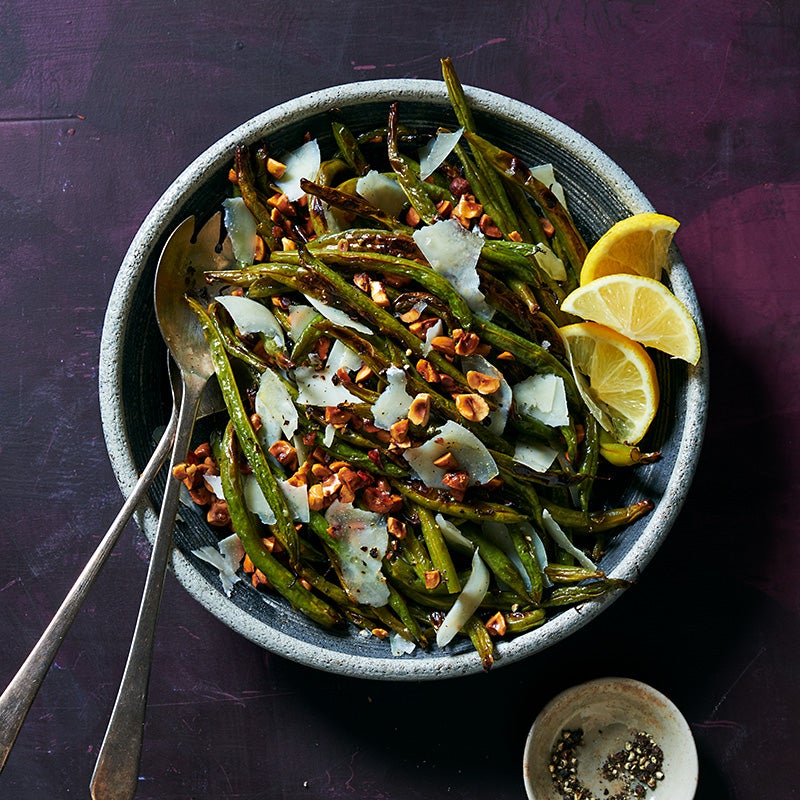

Roasted green beans with toasted hazelnuts and shaved Pecorino
Sauces and dips
Desserts
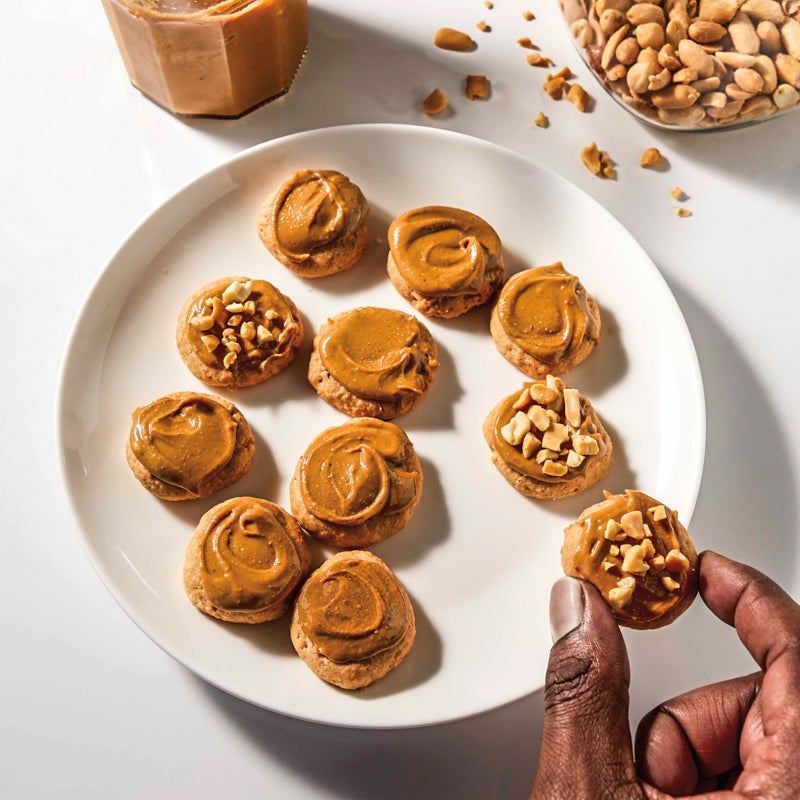

Peanut butter cookies with crushed peanuts
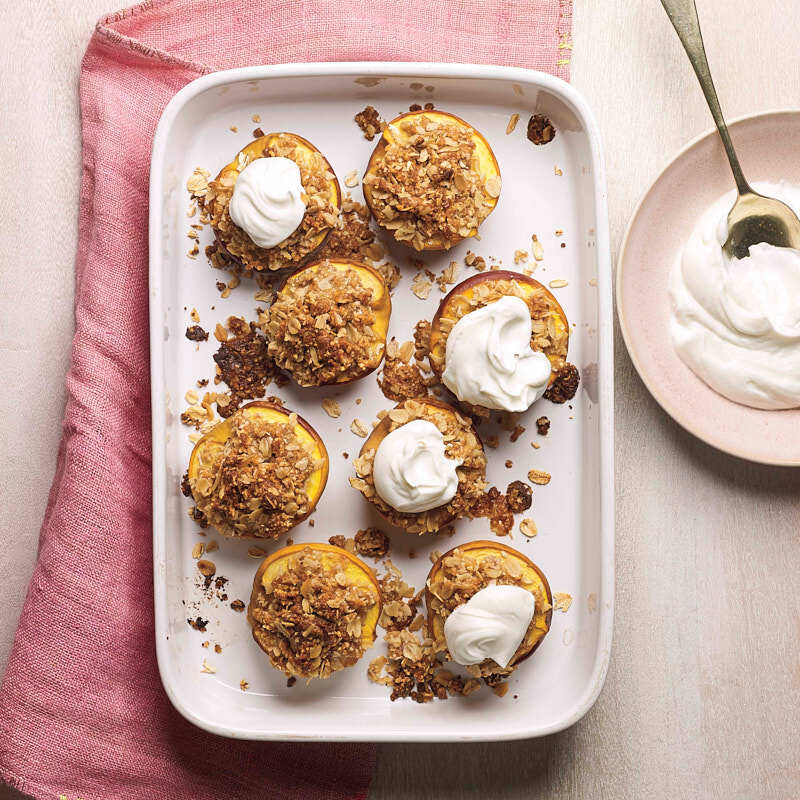

Baked Peaches with Almond-Crisp Topping
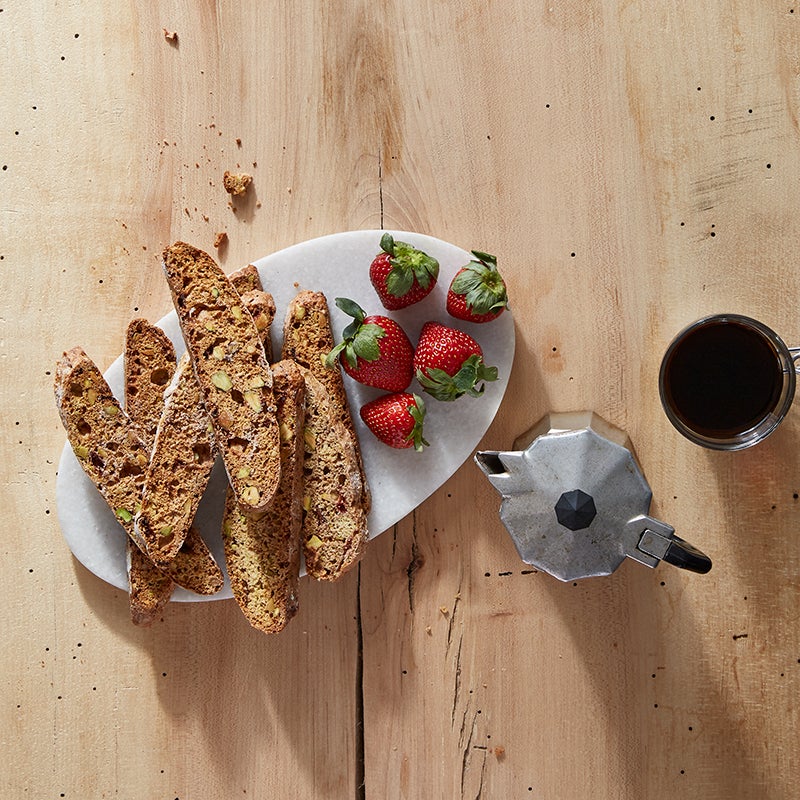

Strawberry-pistachio biscotti
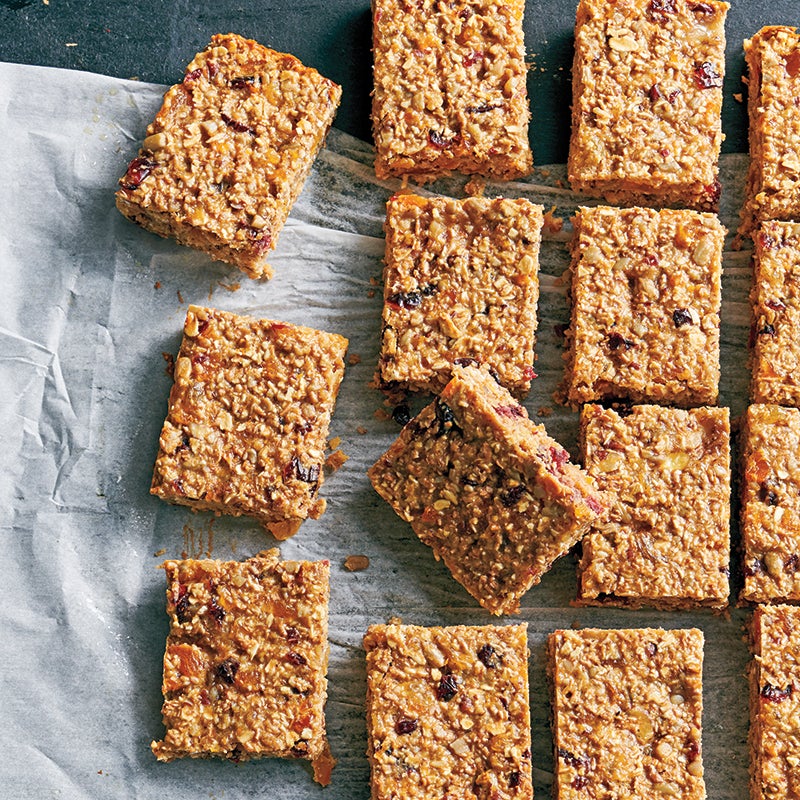

Fruit-and-grain snack bars
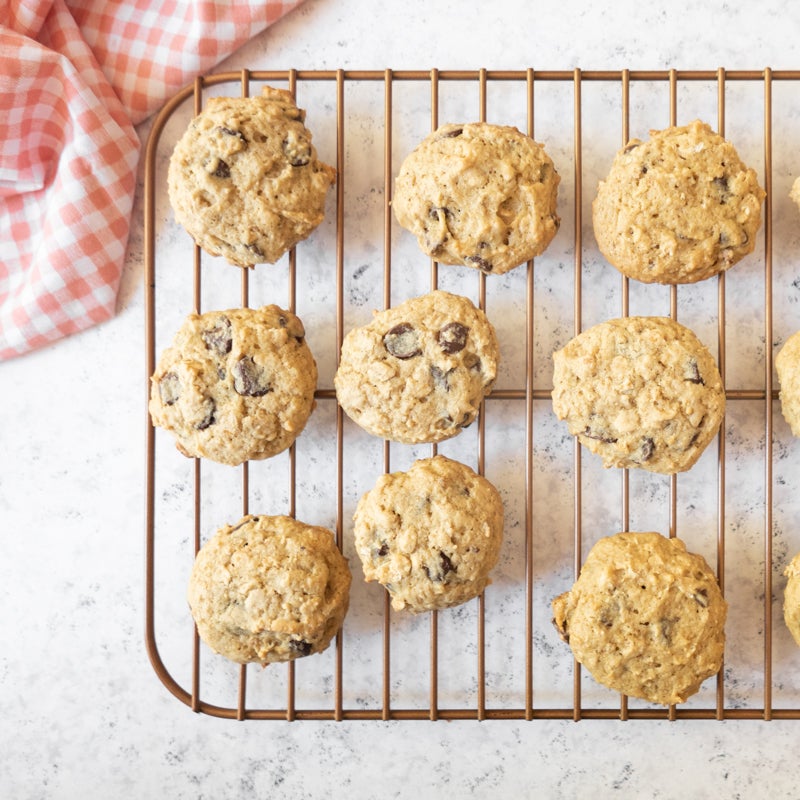

Chocolate Chip-Walnut Cookies
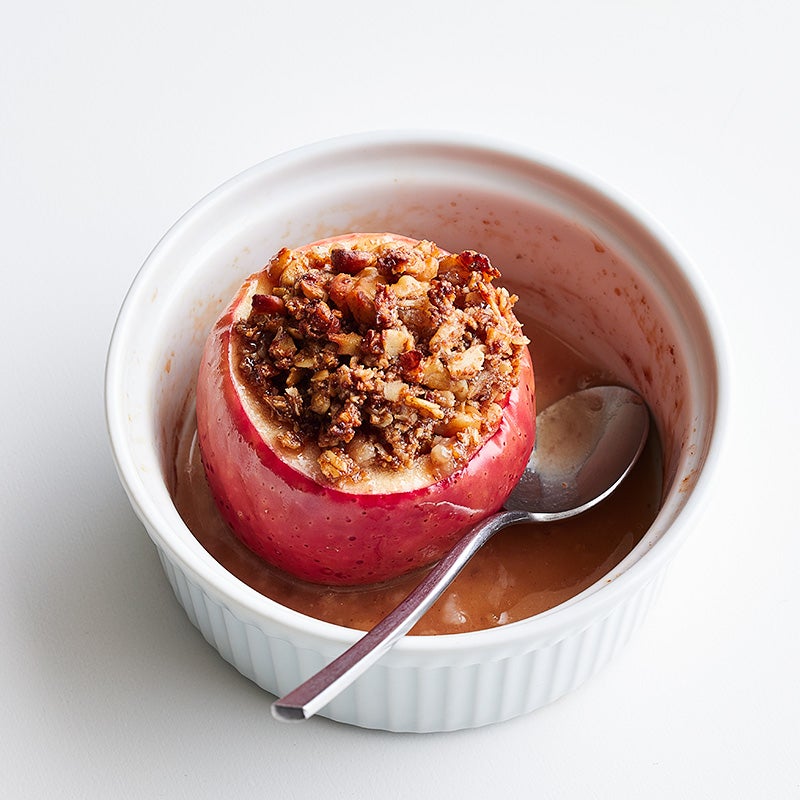

Baked Oat & Walnut-Stuffed Apple
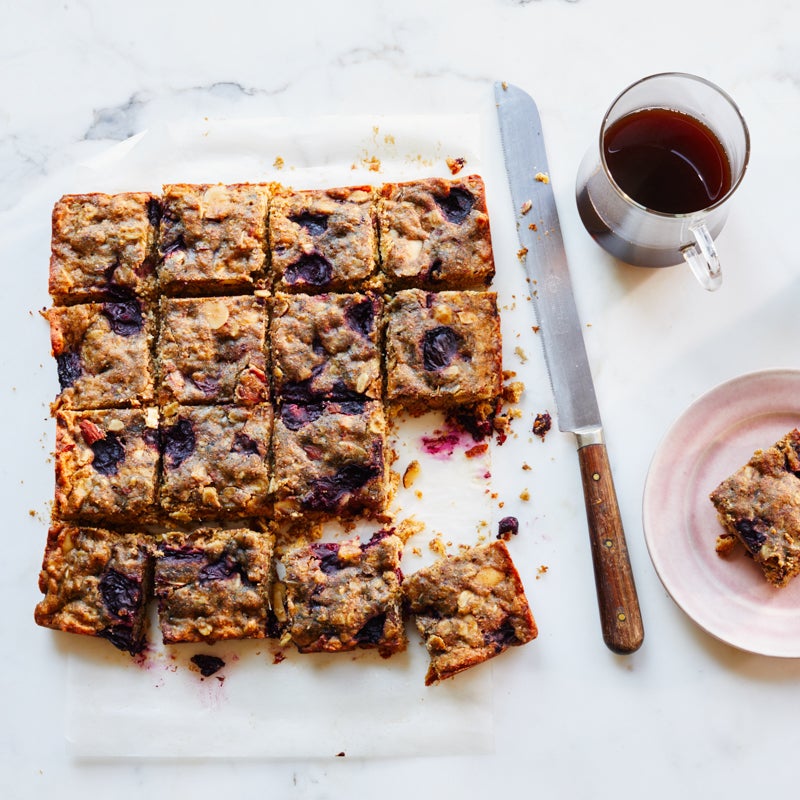

Almond-Cherry Oat Bars
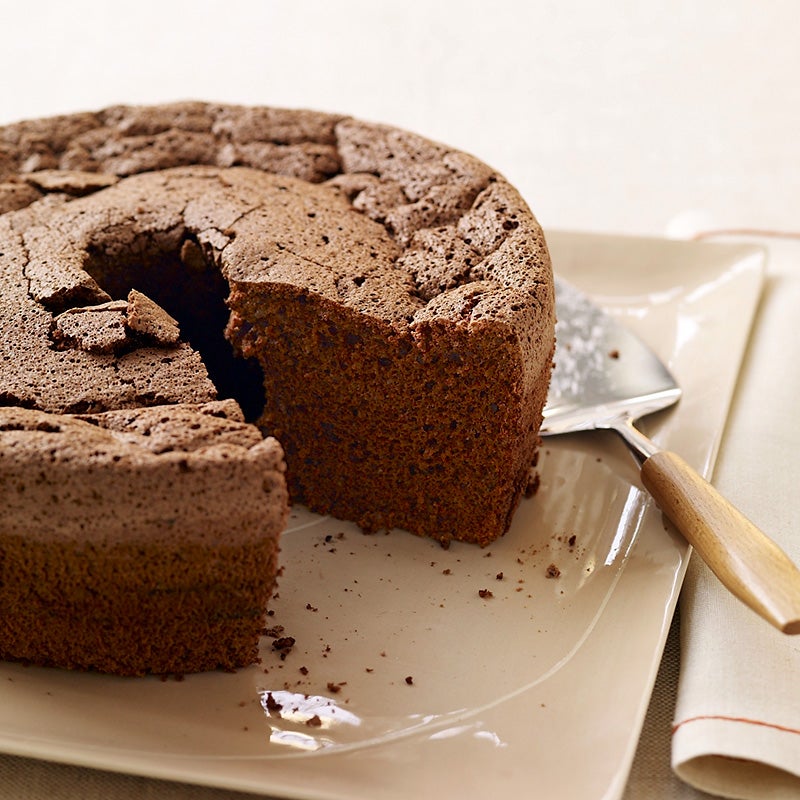

Chocolate walnut cake
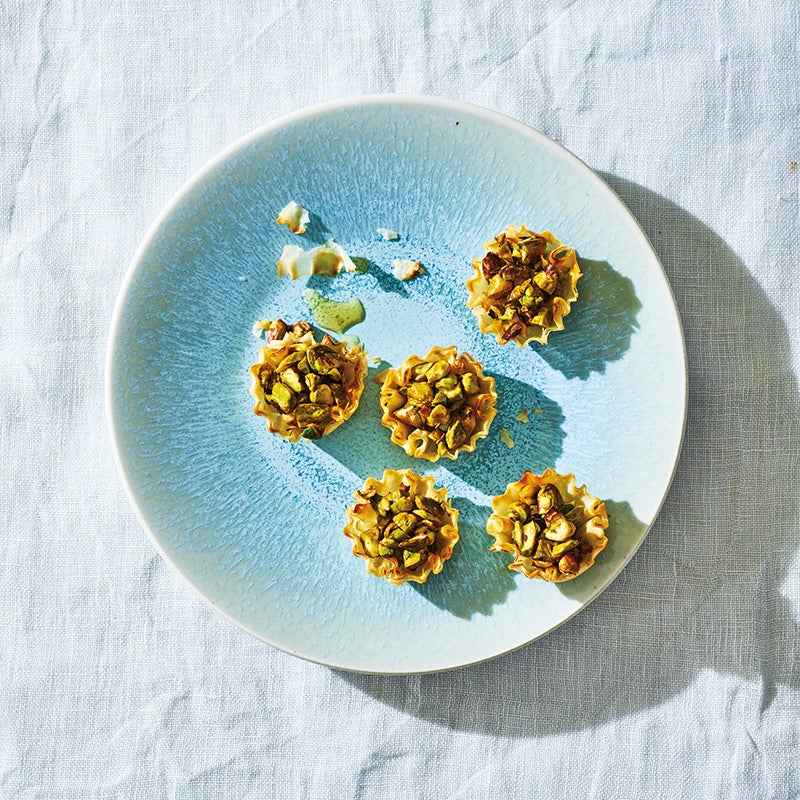

Pistachio baklava bites


Pecan pie with chickpea crust
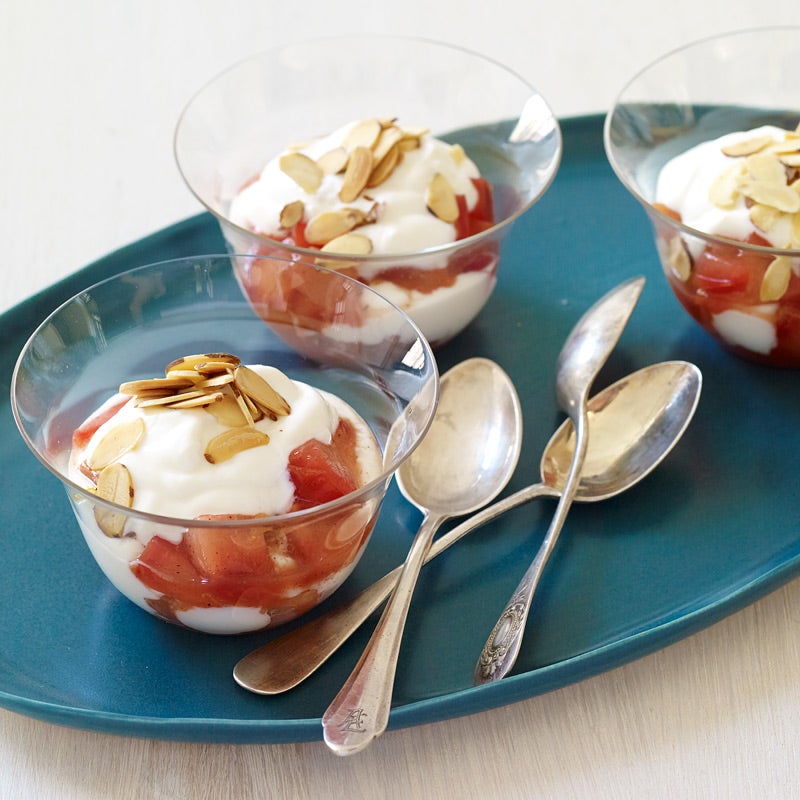

Plum dessert parfaits with yogurt and almonds
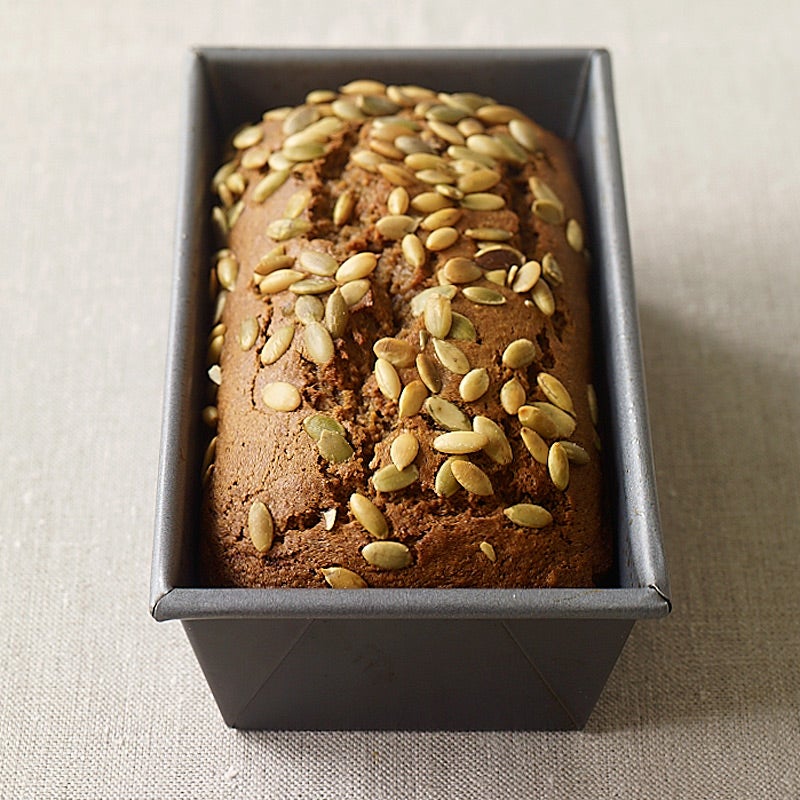

Sweet potato quick bread with pumpkin seeds
--
This article was reviewed for accuracy in July 2021 by Angela Goscilo, MS, RD, CDN, manager of nutrition. The WW Science Team is a dedicated group of experts who ensure all our solutions are rooted in the best possible research.
